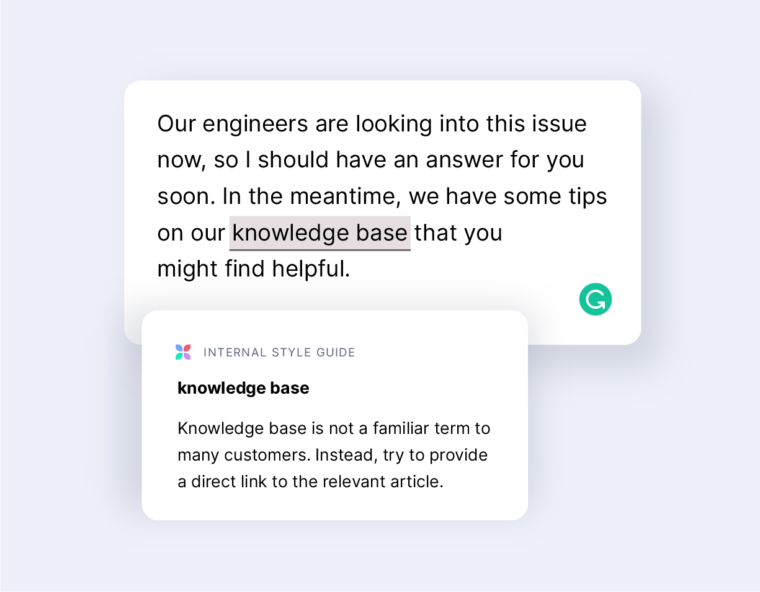
More than 70% of consumers who consider themselves loyal to brands will move on after just one bad experience1. These sub-par experiences can be costly. A NewVoiceMedia study reports that U.S. businesses are losing $62 billion a year on poor customer experiences—up more than $20 billion since 20132.
With such high stakes associated with each brand interaction, business leaders are smart to invest in delivering customer experiences that delight. Whether investments aim at improving responsiveness, consistency, convenience, or personalization—all hallmarks of superior customer experience—the common thread lies in communication. And with more than 50% of consumers sharing that unclear communication is their biggest barrier to having a positive customer experience3, there’s still plenty of room for brands to improve.
When it comes to communication, effectiveness can often vary depending on the circumstance. But in the case of customer experience, the answer might lie in ensuring customer-facing messages come across as intended the first time. A recent Accenture study found that eight out of ten customers who stopped buying from a brand due to a poor experience could have been retained if their issue had been resolved on the first attempt4.
Here are three ways that Grammarly Business can help your customer experience teams avoid miscommunication and get their messages across as they intend:
Convey credibility and competence
Effective communication is about much more than spelling, grammar, and punctuation. But there’s no denying that an inadvertent misspelling could convey sarcasm rather than service. Grammarly Business offers real-time suggestions for correctness that ensure your team members present their most credible, competent selves from the first contact.

Create clarity, not confusion
Overly wordy sentences—even if intended to be helpful—can be hard to read and leave customers guessing about how their problem will be resolved. With suggestions to make communications more concise, Grammarly Business can help team members answer customer questions the first time, cutting down on costly back-and-forth.

Correspond with consistency
By definition, jargon is exclusive to a particular group. So when team members use it in customer-facing communications, it can be confusing at best and alienating at worst. Through a new beta feature, Grammarly Business enables brands to create tailored suggestions that flag terms as internal jargon and recommend preferred terminology. These tailored suggestions apply to all team members to ensure terms are being used (or excluded) consistently.

To learn more about how Grammarly Business helps brands improve their customer experience, check out our ebook, How to thrive in the age of customer experience.






